Gen-AI for Multi-Agent Deformable Object Manipulation
Jonathan Ong * , Zitong Huang * , Rida Faraz , Vijay Kumaravelrajan , Siddharth Rudharaju , Anisha Chitta , Daniel Seita *
* Project Lead * Project Advisor
Robots hold great potential for automating tasks across various environments, yet their adoption is limited by their current capabilities, especially in complex scenarios like caregiving. To enhance automation and accessibility, this project works to advance robotic manipulation of objects that require multiple manipulators and deformable items such as bread and clothing. In this work, we integrate various robotic platforms, including ALOHA and Baxter, into the MuJoCo simulation environment using Robosuite, and set up bimanual configurations to explore different arm controllers. To robustly assess robotic performance, we identify specific tasks involving deformable objects and continuously refine our evaluation protocols.














